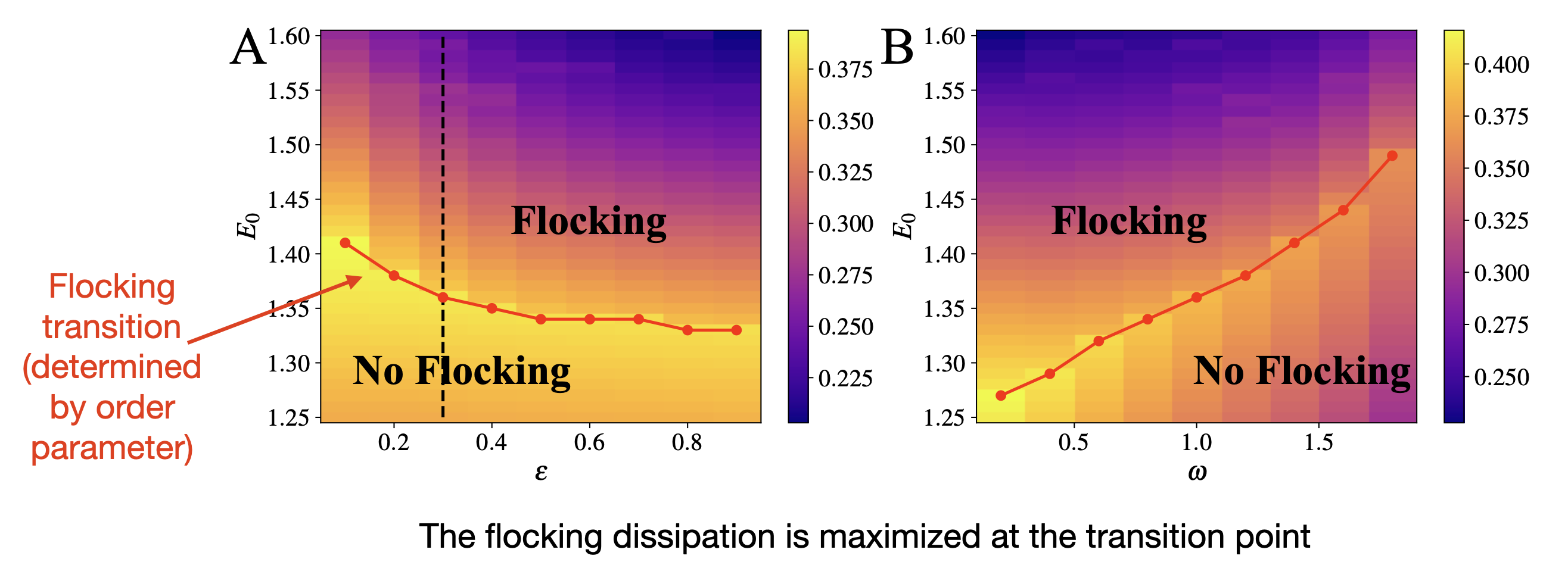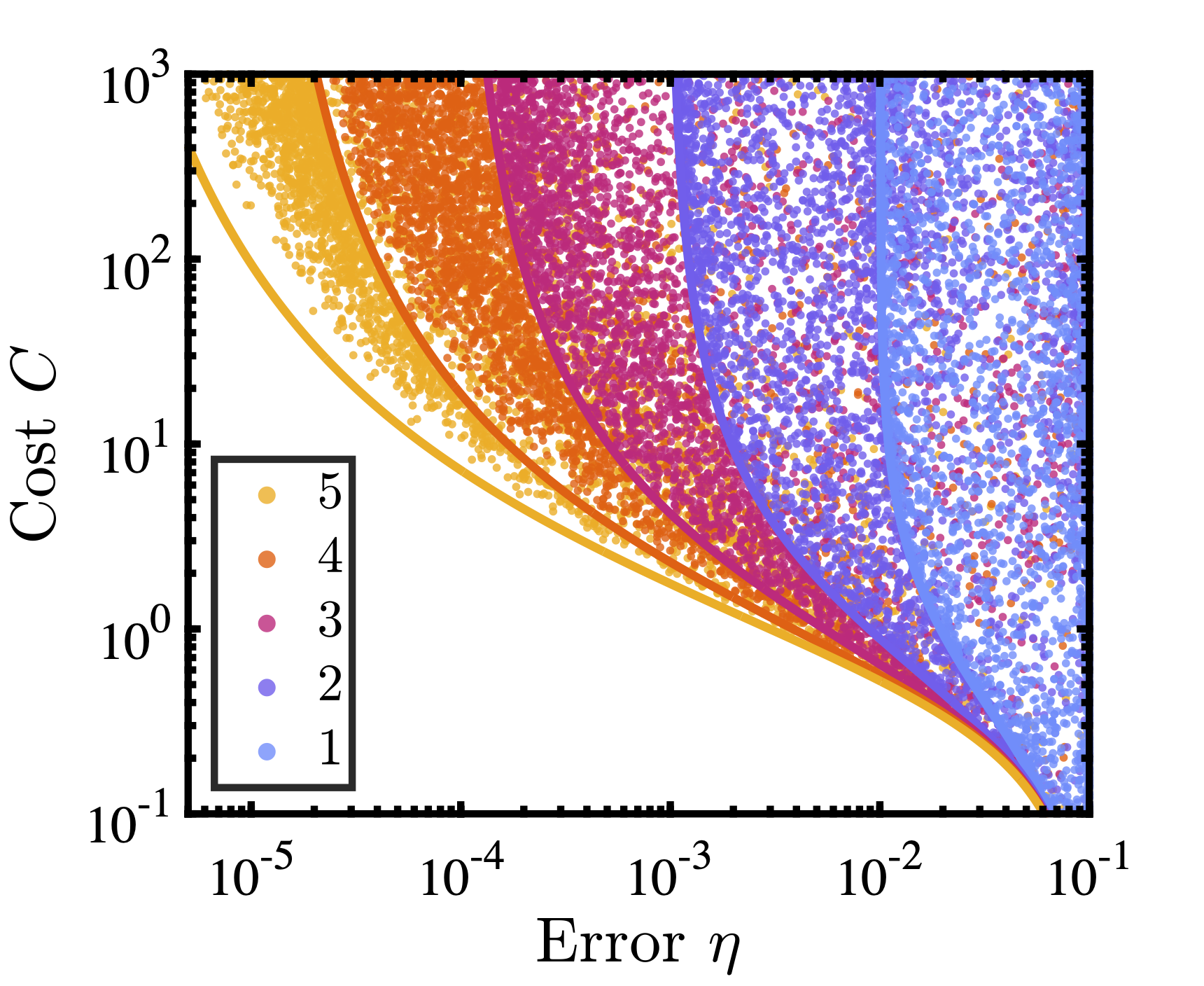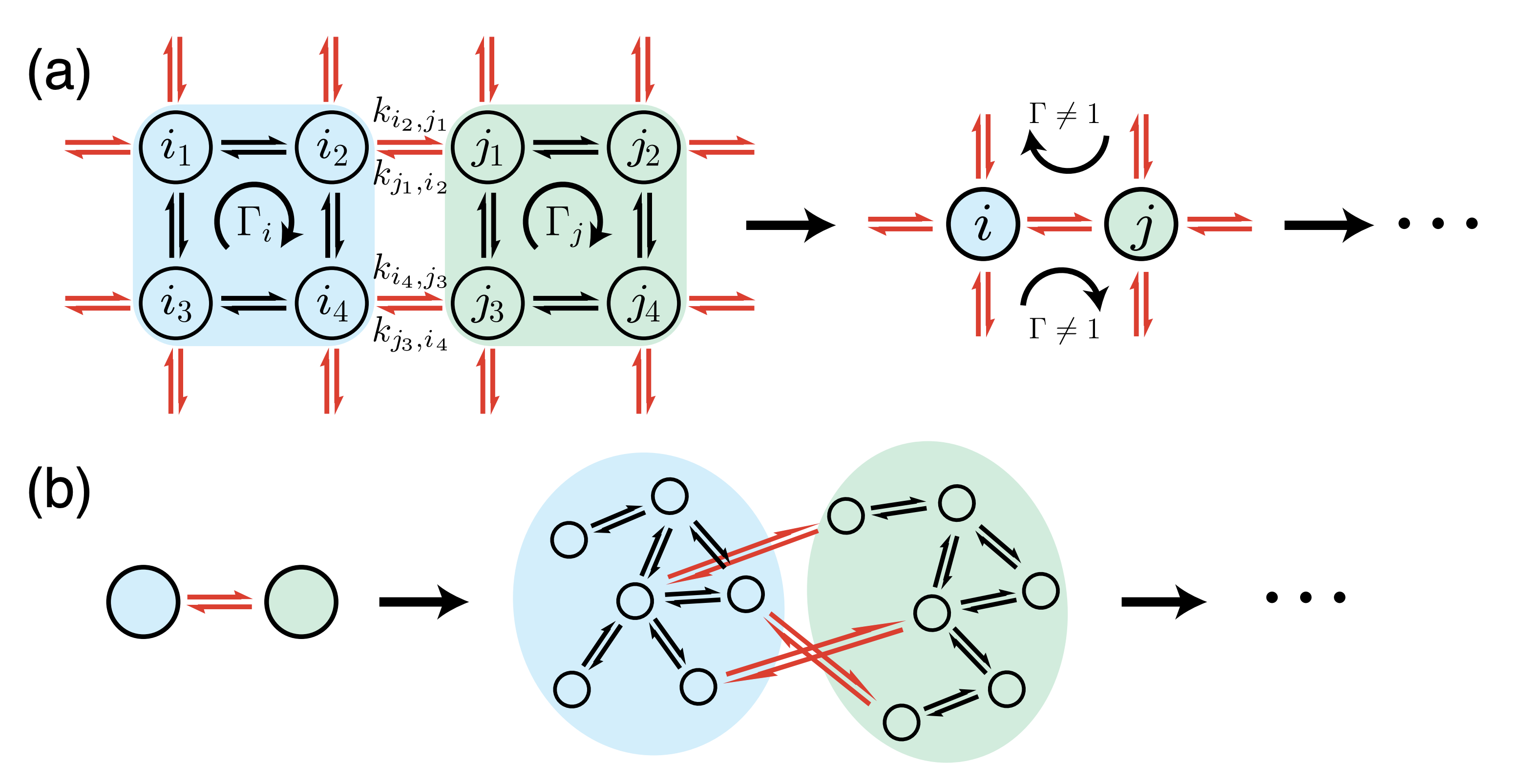About me
Hi! I am Qiwei Yu (俞启威, pronounced as Chee-way Yoo). I am a Ph.D. candidate in Biophysics at Princeton University, co-advised by Andrej Košmrlj and Ned Wingreen. I will spend the coming summer as a senior research intern at the IBM T. J. Watson Research Center, working with with Yuhai Tu. I will be supported by the Harold W. Dodds Fellowship in the coming academic year.
I have a broad research interest in statistical physics, biological physics, and soft matter, which originates from a rigorous training in physics and my experiences working at three extremely collaborative research centers at Peking, Rice, and Princeton. You can often find me either working at the board tackling theoretical physical problems or closely collaborating with experimentalists to address specific biological questions.
I am also passionate about communicating science to a broad audience through journals such as Princeton Insights, where I am a writer.
Please feel free to send me an email if you are interested in collaborating or simply having a chat about science!
Selected Publications
Nonequilibrium models of chemotaxis signaling
In collaboration with David Hathcock and Yuhai Tu.

The Escherichia coli chemotaxis signaling pathway has served as a model system for the adaptive sensing of environmental signals by large protein complexes. Adaptation is achieved by receptor methylation, which shifts the kinase response curve by orders of magnitude in ligand concentration while incurring a much smaller change in the ligand binding curve. We show that the disproportionate shift in binding and kinase response is inconsistent with equilibrium allosteric models previously used to describe the system and present a nonequilibrium allosteric model that successfully explains all existing joint measurements of ligand binding, receptor conformation, and kinase activity for both aspartate and serine receptors. The model demonstrates that sufficient energy dissipation is responsible for maintaining and enhancing the sensitivity range and amplitude of the kinase response. In addition to chemotaxis signaling, this model is also broadly applicable to other sensor-kinase systems and provides a new perspective on cooperative sensing by large protein complexes (Hathcock$^{=}$, Yu$^{=}$, et al., PNAS 2023).
The nonequilibrium thermodynamics of flocking
In collaboration with Yuhai Tu.
Flocking is the collective coherent motion of a large group of self-propelled, interacting individuals, which is observed in systems ranging from birds, fish, and bacteria to human crowds. These systems are far from thermodynamic equilibrium and thus continuously dissipate free energy. Here, we study the nonequilibrium thermodynamics of flocking aiming to elucidate the relationship between the energy cost and the flocking performance measured by speed and sensitivity. In the active Ising model, we find that the dissipation rate reaches its maximum at the flocking transition in the form of a cusp singularity and reveal an energy-speed-sensitivity trade-off in flocking (Yu and Tu, PRL 2022).

Energy-accuracy bound in kinetic proofreading
In collaboration with Anatoly Kolomeisky and Oleg Igoshin.

Kinetic proofreading is a classic problem in biophysics where extra energy is dissipated to increase the accuracy of information propagation. But how much energy input is really necessary, and how efficient are real biological systems? We theoretically proved a fundamental relation between the accuracy and the minimum energy dissipation for a large class of proofreading networks and used it to analyze the trade-offs in key central dogma processes. Check our paper on this general bound and its implications for specific biological systems (Yu et al., J. R. Soc. Interface 2022).
Inverse power-law scaling of energy dissipation rate in nonequilibrium reaction networks
In collaboration with Dongliang Zhang and Yuhai Tu.

The ideas of coarse-graining and renormalization group are ubiquitous in equilibrium statistical physics, but how do they generalize to nonequilibrium systems? In this project, we develop a coarse-graining procedure for nonequilibrium reaction networks and find that coarse-graining leads to a dramatic decrease in the energy dissipation (entropy production) rate. We further show that the dissipation rate decreases following an inverse power law (Yu et al., PRL 2021), whose scaling exponents can be determined exactly using the state-space renormalization group theoretical framework (Yu and Tu, PRE 2022).
